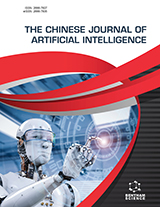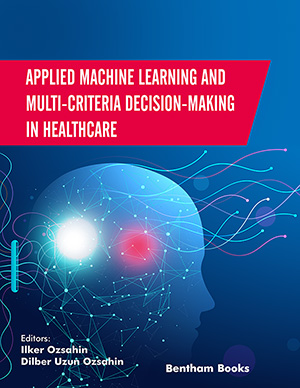Abstract
Glaucoma is an eye disease that can result in permanent blindness if not
detected and treated in the early stages of the disease. The worst part of Glaucoma is
that it does not come up with a lot of visible symptoms, instead, it can go from the
preliminary stage to a serious issue quickly. A Deep Learning (DL) model is capable of
detecting the presence of Glaucoma by analyzing the image of the retina which is
uploaded by the user. In this research, two DL algorithms were used to detect the
presence of Glaucoma in the uploaded image. The DL algorithms include the
convolutional neural network or the CNN and the transfer learning algorithm. The
transfer learning algorithm is implemented by the VGG-19 model. Once two DL
models were developed using the above-mentioned algorithms, the models were trained
and tested using the images of the retina. The trained models are tested to find the
better model. The efficiency of the model is measured based on some metrics. These
metrics include the True Positive (TP), True Negative (TN), False Positive (FP), and
False Negative (FN). Using these metrics, the true positive rate, the true negative rate,
the false-positive rate, and the false-negative rate are calculated. From the above
values, the DL algorithm, which is more efficient than the other one in identifying
Glaucoma, can be found.






















